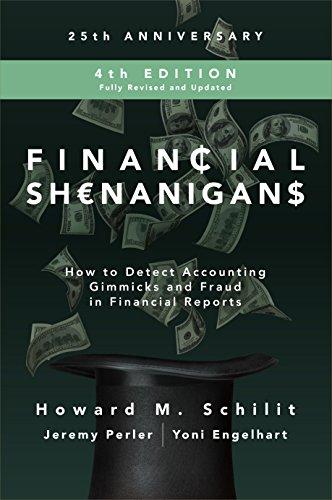Question
Utilize the course document Guide--Capstone Courier Analysis and write a 200- 300 word analysis of the results. PROFITS: You earned one star because your profits
Utilize the course document Guide--Capstone Courier Analysis and write a 200- 300 word analysis of the results.
| PROFITS:You earned one star because your profits were $ 7,006,093. Profits are listed on page 1 of the Capstone Courier . Losses are usually the result of insufficient margin caused by a high cost structure and too low prices. Profit can also suffer from excessive expenditures in selling and advertising, heavy interest payments on debt, and losses on liquidation (scrapping) of inventory when retiring a product line. |
| ANALYSIS- Congratulations! You turned a nice profit for the year. |
| CONTRIBUTION MARGIN:You earned 1 star because your corporate contribution margin is 33.5%. Contribution margin is defined as: Sales - (Direct Labor + Direct Materials + Inventory Carry) Sales It is reported on Page 1 of the Capstone Courier as an aggregate average of each team's product portfolio. A good benchmark for contribution margin is 30%. A product-by-product margin computation is available on the Income Statement portion of your company's annual reports. |
| ANALYSIS- You have good margins. You are getting good returns on your sales. |
| EMERGENCY LOANS:You earned one star , because you avoided an emergency loan. Emergency loans are listed on Page 1 of the Capstone Courier . The simulation gives you every benefit of a doubt, but if you are out of cash at the end of the year, "Big Al" arrives to give you just enough cash to bail you out -- at a 7.5 percentage point premium, of course. In the real world we often refer to emergency loans as "a liquidity crisis", "Chapter 11", or simply "Bankruptcy." |
| ANALYSIS- You have good cash management. |
| To diagnose your emergency loan, examine your Cash Flow statement. It represents the net flow of money into and out of your checking account. A positive number indicates an inflow, a negative number an outflow. For example, find the "Inventory" line. If your inventory position increased compared to last year, you had to pay for the additional inventory, and that resulted in a cash outflow. On the other hand, if you sold all of your old inventory, that represented a cash inflow. |
| INVENTORY:You earned one star for your year-end inventory position. The ideal year-end inventory position is one unit in each product line. In that case you would know that every potential sale was made, and that inventory carrying cost was minimized. This is the goal of "Just In Time" inventory systems. In the simulation, however, you cannot adjust production during the year to meet demand. Therefore, you must balance the risk of losing sales to competitors because of stock outs against the cost of carrying additional inventory should your demand exceed your expectations. At some point inventories become excessive. A good benchmark would be, "inventory levels should not exceed 60 days (two months) of Sales." For example, if your product's sales are $12 million, inventories should not exceed $2 million. To earn a star of your inventory management, each product must satisfy two conditions:
|
| ANALYSIS-CHECK FOR STOCK OUTS. You may have under-produced and turned away customers. Examine the ACTUAL VS. POTENTIAL graphs for each segment analysis in the simulation reports. This will indicate how badly your stock out hurt you. |
| ANALYSIS-CHECK FOR EXCESSIVE INVENTORY LEVELS. On the Production Analysis (page 4), compare "Units Sold" with "Units in Inventory". Inventory should be less than 1/6th of unit sales. Inventory consumes cash, drags down your performance measures, and in extreme cases drives emergency loans. Inventory carry overheads chew into profits. Typical problems include:
|
| STOCK PRICE:You earned one star because your stock price rose last year by $ 6.95. Stock price is affected by performance, asset base, debt, dividend policy, and number of shares outstanding. In a year of aggressive investment in plant expansion and automation, you would expect that the necessary debt load would cause some uneasiness on the part of shareholders. But, if the stock price dips more than $15.00, it may be a warning sign of too much debt. The stock price can also suffer in profitable years. For example, liquidation of plant brings in cash, but makes shareholders wonder about the long term competitive ramifications. Paying dividends in excess of profits, or obtaining a Big Al emergency loan, will have a negative effect on stock price. |
| ANALYSIS- You did a good job for shareholders. Your annual meeting should turn into a nice celebration! May we suggest Maui? The management team can expect swift approval of a proposed increase in your compensation package. |
Step by Step Solution
There are 3 Steps involved in it
Step: 1

Get Instant Access to Expert-Tailored Solutions
See step-by-step solutions with expert insights and AI powered tools for academic success
Step: 2

Step: 3

Ace Your Homework with AI
Get the answers you need in no time with our AI-driven, step-by-step assistance
Get Started


